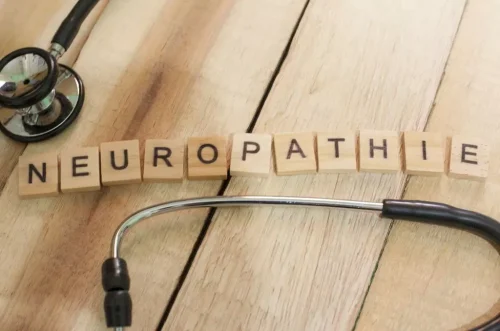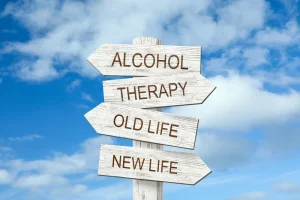Sober living home rules that are honest, fair and that display cultural competency go a long way to help residents feel safe, comfortable, and supported in all aspects of their recovery. In Texas, sober living homes are not required to be licensed, but they can voluntarily request a license. Doing so can help ensure that sober housing is regulated and residents are treated fairly. These laws will determine whether an existing property such as a residential home can be repurposed.

Drug Rehab Consultant
- Moreover, sober living homes often connect residents with a variety of recovery resources.
- Research on sober living houses also states that residents experience a higher possibility of securing employment and a lower likelihood of getting arrested.
- In the 1950’s, “Halfway houses” (often funded by the government) were founded due to concerns about sustaining personal recovery after treatment.
- While there are many advantages to living in a sober living home, there are also some potential disadvantages to consider.
- Living in a sober living house provides a structured, drug-free environment with house rules and guidelines to help residents maintain their sobriety and develop life skills to support their recovery.
- In sober living homes, residents follow rules, such as adherence to sobriety, participation in household chores, and attendance at group meetings.
- Suppose you’ve recently relapsed and found that the stress of being in environments around alcohol and drugs or a lack of structure is particularly triggering.
These rules may include attending regular meetings and counseling sessions, participating in house chores and responsibilities, and abstaining from drugs and alcohol. Something important to note is that sober living houses are not the same as halfway houses. While they are both residences designed to support folks in maintaining sobriety and transitioning back into society, there are some key differences. Prepare a policy handbook for your sober living home to set the standard for residents’ rights and responsibilities.

Red Flag: Claims to Be Free or Will Pay You

Ensuring that the administration of an SLH or halfway house is vigilant about complying with any kind of necessary inspections is an important part of establishing its validity as a reputable residence. The main difference between Level 2 homes and Level 1 homes is with the way that they are sober living homes governed. Most often, a supervisor is elected, and he or she is responsible for ensuring that residents comply with the rules and works to resolve any community complaints. The first Oxford House was opened in 1975 in Maryland when the founder’s halfway house closed due to funding cuts.

Eudaimonia Can Help Keep You on the Path to Recovery
- The homes may also be near an outpatient treatment center or on the campus of residential rehab facility.
- Embarking on the journey to sobriety is a significant step in anyone’s life, especially if you’re navigating the complexities of addiction recovery.
- Break down your revenue streams and provide forecasts for at least the first three years.
Boost your chances of sustained sobriety by reaching out to Gratitude Lodge for sober living in California. This can help foster a sense of personal accountability in residents, encouraging them to take pride in a clean, healthy living environment. This can be contrasted with the messy, chaotic environments many addicts typically become accustomed to living in. Residents can rent rooms indefinitely and commute to their everyday work and social commitments. These skills ensure that once you transition to independent living, you’re equipped not just to survive but thrive. Addressing these practical aspects of life reduces the stress and anxiety that can often trigger relapse.
Oxford House
What Is Sober Living and How Does It Support Recovery?
- With rules that encourage personal responsibility and a support system that fosters growth, these homes play a crucial role in the recovery process.
- It may involve various therapeutic modalities, such as individual and group counseling, mindfulness meditation, exercise programs, and nutritional guidance.
- Additionally, there may be a resident council, where elected residents convene to make important house rules and logistics decisions.
- But for those willing to put in the effort, we offer a path toward a better future for life after rehab.
- However, if residents are willing to remain sober, follow all house rules, and guarantee medical stability, they should feel free to apply.
- However, the way they work, the length of stay, and the funding options differ.
- If you or a loved one is due to finish treatment for drug or alcohol addiction and are worried about the temptations of daily life, staying in a sober living house may be the right choice for you.
- Call Eudaimonia Sober Living Homes at (888) 424 – 4029 for more information on the admissions process and current room availability.
- The goal of sober living homes is to monitor and improve health, safety and wellness using peer support.
- However, most Level 1 RRs don’t provide onsite recovery services, with the possible exception of an optional 12-step recovery meeting held weekly at the home.